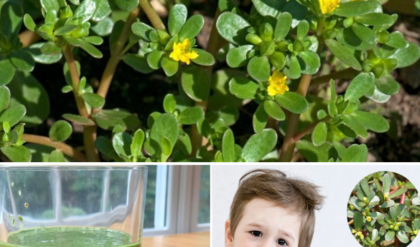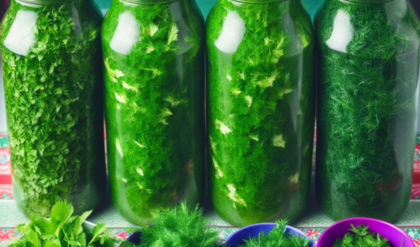The Ginkgo biloba, often referred to simply as the Ginkgo tree, is a marvel of nature renowned for its resilience, unique fan-shaped leaves, and stunning golden transformation in the fall. Originating from ancient times, this tree is often celebrated as a “living fossil,” having endured millions of years and countless environmental shifts. In autumn, the Ginkgo tree’s leaves turn a brilliant, vibrant yellow, creating an awe-inspiring sight. Let’s delve into the significance, history, and care of this extraordinary tree, whose golden glow has captured the hearts of many.

A Symbol of Strength and Longevity
The Ginkgo biloba is one of the oldest living tree species, with fossil records dating back over 200 million years. It has survived numerous natural events that wiped out other species, such as ice ages and volcanic eruptions, earning its reputation as a symbol of resilience and endurance. Its longevity and ability to thrive in urban environments also make it a popular choice for cityscapes and parks.
Unique Characteristics and Appearance
One of the most striking features of the Ginkgo tree is its fan-shaped leaves. These leaves are a brilliant green throughout the spring and summer, providing a lush canopy. However, come autumn, the leaves undergo a magical transformation, turning a warm, radiant yellow. This golden display, especially in a dense, mature Ginkgo, creates a breathtaking view, often appearing like a vast, golden crown under the sky.

Benefits of Ginkgo Trees
Apart from their visual appeal, Ginkgo trees offer several practical benefits. The trees are exceptionally hardy, resistant to pollution, pests, and diseases, making them ideal for urban settings. Ginkgo trees also provide ample shade, helping to cool their surroundings in warmer months. Additionally, the leaves and seeds of the Ginkgo biloba have been used in traditional medicine for centuries, believed to aid in memory and cognitive function, although scientific studies continue to explore these claims.
Cultivating and Caring for Ginkgo Trees
Ginkgo trees are relatively low-maintenance, thriving in various soil types and requiring minimal care. They prefer well-drained soil and a sunny location to reach their full growth potential. Once established, Ginkgo trees are drought-resistant, though they benefit from occasional deep watering, particularly during dry spells. Pruning is typically minimal, only necessary to remove dead or damaged branches.

The Cultural Significance of Ginkgo Trees
In many cultures, particularly in East Asia, the Ginkgo tree holds deep symbolism. In China, it is often associated with longevity and vitality, while in Japan, it is seen as a symbol of hope and peace. Ginkgo trees have been planted at temples and shrines, revered for their beauty and resilience. After the Hiroshima bombing in 1945, several Ginkgo trees near the blast site survived and continued to grow, further solidifying their status as symbols of resilience and hope.

Conclusion
The Ginkgo tree is more than just a tree; it is a living piece of history and a symbol of nature’s resilience and beauty. Whether admired for its golden foliage in autumn or appreciated for its health benefits, the Ginkgo biloba stands as a timeless wonder. Planting a Ginkgo not only adds beauty and shade to an environment but also preserves a piece of ancient history for future generations to enjoy. For anyone looking to add a resilient, low-maintenance tree with extraordinary beauty to their landscape, the Ginkgo biloba is an excellent choice.






